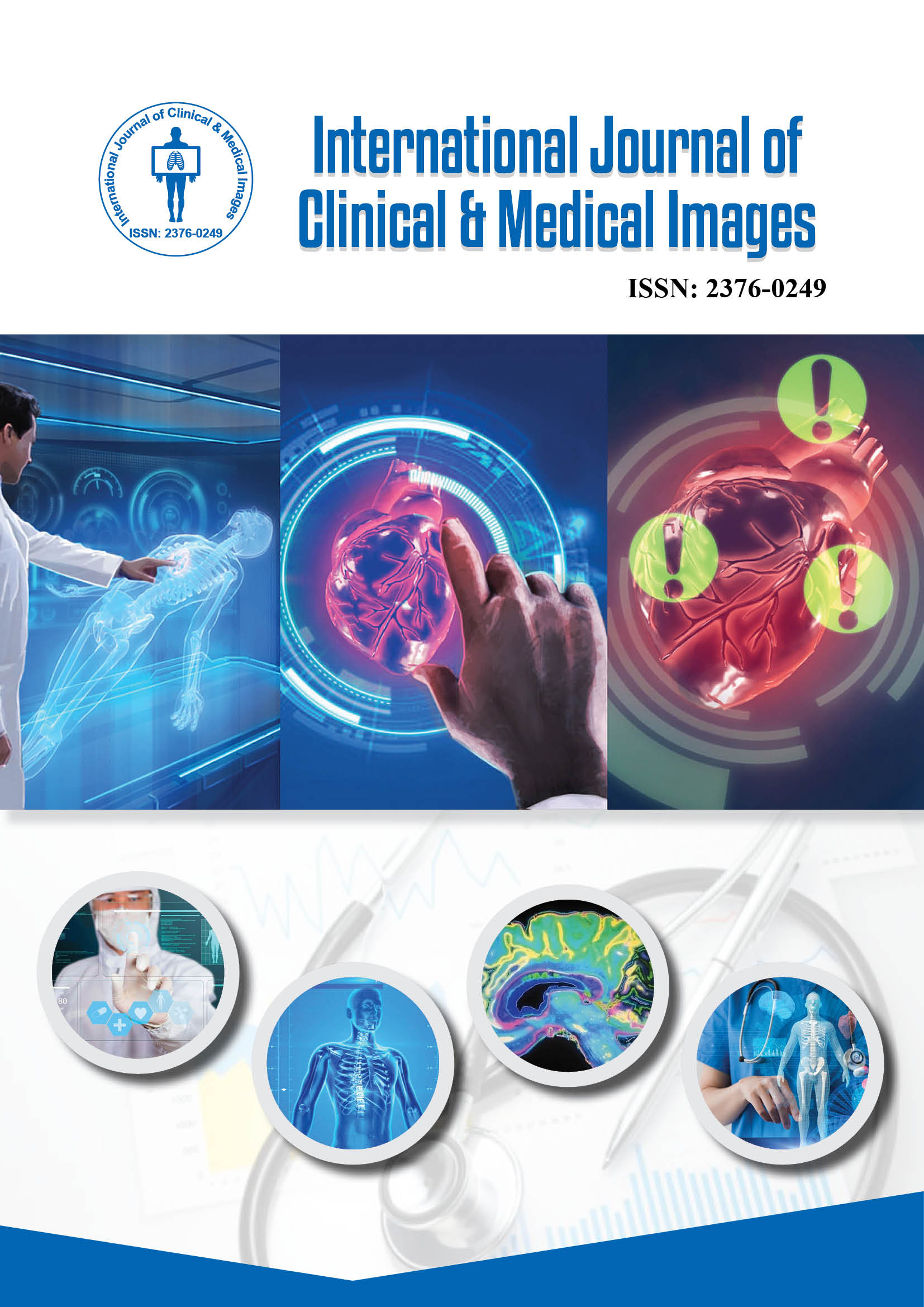2376-0249
Clinical-Medical Image - International Journal of Clinical & Medical Images (2022) Volume 9, Issue 7
Author(s): Gamze Gursoy*
Ardahan State Hospital, Ardahan, Turkey
Received: 29 June 2022, Manuscript No. ijcmi-22-68386; Editor assigned: 01 July 2022, Pre QC No. P-68386; Reviewed: 14 July 2022, QC No. Q-68386; Revised: 18 July 2022, Manuscript No. R-68386; Published: 25 July 2022, DOI: 10.4172/2376-0249.1000838
Citation: Gursoy G. (2022) Purple Urine. Int J Clin Med Imaging 9:838.
Copyright: © 2022 Gursoy G. This is an open-access article distributed under the terms of the Creative Commons Attribution License, which permits unrestricted use, distribution, and reproduction in any medium, provided the original author and source are credited.
Abstract
Purple Urine Bag Syndome is a rare phenomenon. In this case In this case, a patient with purple urine is presented.
The patient was 56 years old, female, not working, living in Ardahan, turkey with two children. While the patient was being followed in the 2nd step adult intensive care unit with decompensated heart failure, urinary catheterization was performed to monitor the amount of urine output. 48 hours after the catheterization procedure, the patient had a fever and it was observed that the urine in the urinary bladder was purple in color. E.coli was grown in the urine culture of the patient with pyuria.
This syndrome’s name is “Purple Urine Bag Syndome (PUBS)”. PUBS is a rare phenomenon [1]. PUBS is uncommon, estimates ranging is 8.3%-42.1% [2]. Most authors believe that purple urine is a mixture of indigo and indigo, which is derived from metabolites of tryptophan. Tryptophan is metabolized by intestinal bacteria in the gastrointestinal tract to produce indole, which is absorbed into the portal circulation. This possibility increases in constipation. Indole is converted to indoxyl sulfate in the liver. Indoxyl sulfate is excreted in the urine and is digested into indoxyl by indoxylsulfatase produced by some bacteria. Indoxyl alkali converts to indigo (blue color) and indigo (red color) in urine, and these colors mix to form a purple color [3] (Figure 1).
Purple urine bag
Google Scholar, Crossref, Indexed at
Google Scholar, Crossref, Indexed at
 Awards Nomination
Awards Nomination

